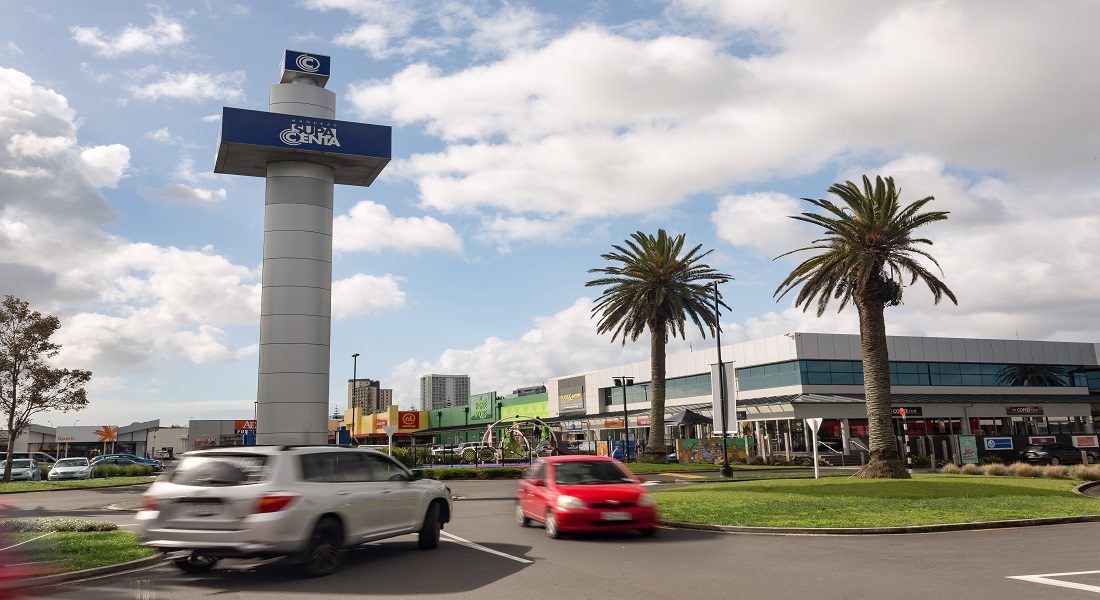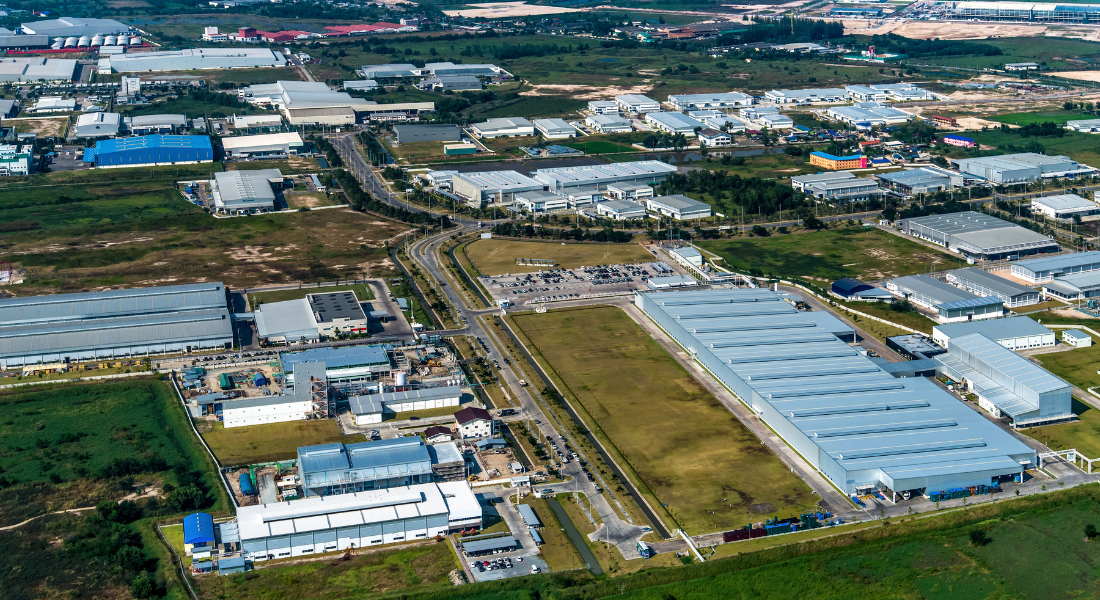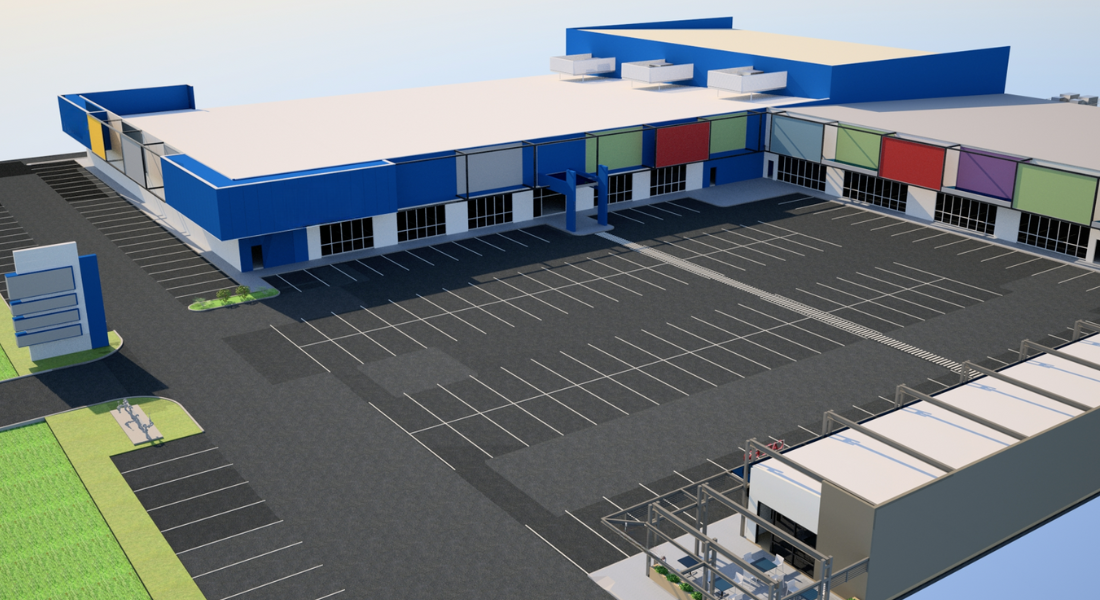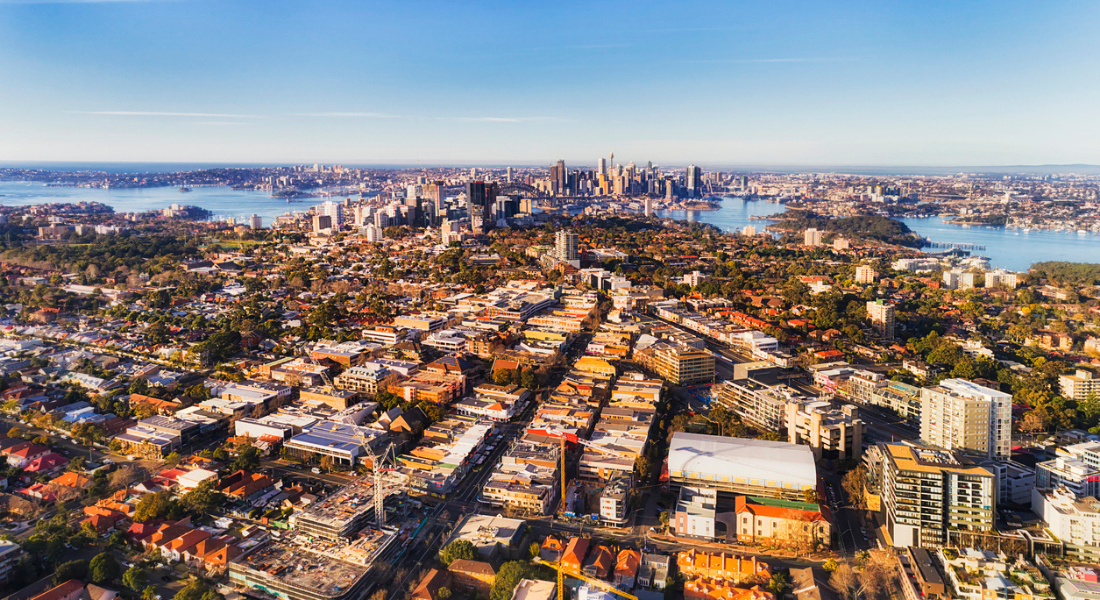Large Format Retail: One Concept with Multiple Definitions

Australia’s complexity of multiple planning definitions of Large Format Retail contrasts with New Zealand’s simplicity.
New Zealand has a broad and all-encompassing understanding of Large Format Retail.
They focus on floor space size rather than the merchandise types or categories, with each Council setting a minimum gross floor area (GFA) in their plans. Generally, this is approximately 400 – 500m2, however it differs between each Council with some having minimum plate size of 1000m2 or 1,500m2.
Legislation also does not restrict what type of products can be sold in Large Format Retail stores. It minimises complications, confusion and arguments as to which category brands fall under.
Compare that to Australia, where there are multiple interpretations of what Large Format Retail is or what it should be, with different definitions inscribed in each state and territory’s planning laws.
Definitions which wholly or partially cover the Large Format Retail sector include:
- New South Wales: Specialised Retail Premises and Garden centre
- Queensland: Hardware and Trade Supplies, Garden Centre, and Showroom
- Victoria: Restricted Retail Premises
- Western Australia: Bulky Goods Showroom and Trade Supplies
- Northern Territory: Showroom Sales
- South Australia: Bulky Goods Outlet or Retail Showroom
- Australian Capital Territory: Bulky Goods Retailing
- Tasmania: Bulky Goods Sales
At the LFRA Forum in Auckland, panellists all interpreted definitions differently and with planning definitions being so diverse it is not hard to understand why.
David Haines, Director, Haines Planning simply defined Large Format Retail as “the retailing of all forms of merchandise in large floor place stores.”
Bryce Barnett, Executive Director & Head of Funds Management, Augusta Funds Management said, “Those retailers who are focused on making a profit that enjoy being beside other stores, but not on dependent on those brands, and getting council to accept their minimum size.”
Blueprint Australia’s Director Brad Nash added, “In planning world, there is a need to define what terms mean.”
“Large Format Retail is the best way to describe all those uses [listed above] in one umbrella term.
Mr Nash then added that with a focus on the success and effective use of supermarkets, clothing/department stores and other smaller shops, restrictions were placed on the Large Format Retail sector.
For example, in NSW Specialised Retail Premises means:
“… A building or place the principal purpose of which is the sale, hire or display of goods that are of a size, weight or quantity, that requires:
- a large area for handling, display or storage, or
- direct vehicular access to the site of the building or place by members of the public for the purpose of loading or unloading such goods into or from their vehicles after purchase or hire,
but does not include a building or place used for the sale of foodstuffs or clothing unless their sale is ancillary to those goods being sold, hired or displayed.
Note. Examples of goods that may be sold at specialised retail premises include automotive parts and accessories, household appliances and fittings, furniture, homewares, office equipment, outdoor and recreation equipment, pet supplies and party supplies.”
In Australia Large Format Retail is a term to describe the ‘everything else’ Where New Zealand has kept it simple and focused on floor space.
It seems a pipe dream but perhaps the various state and territory Governments could learn from their neighbours across the Tasman?




